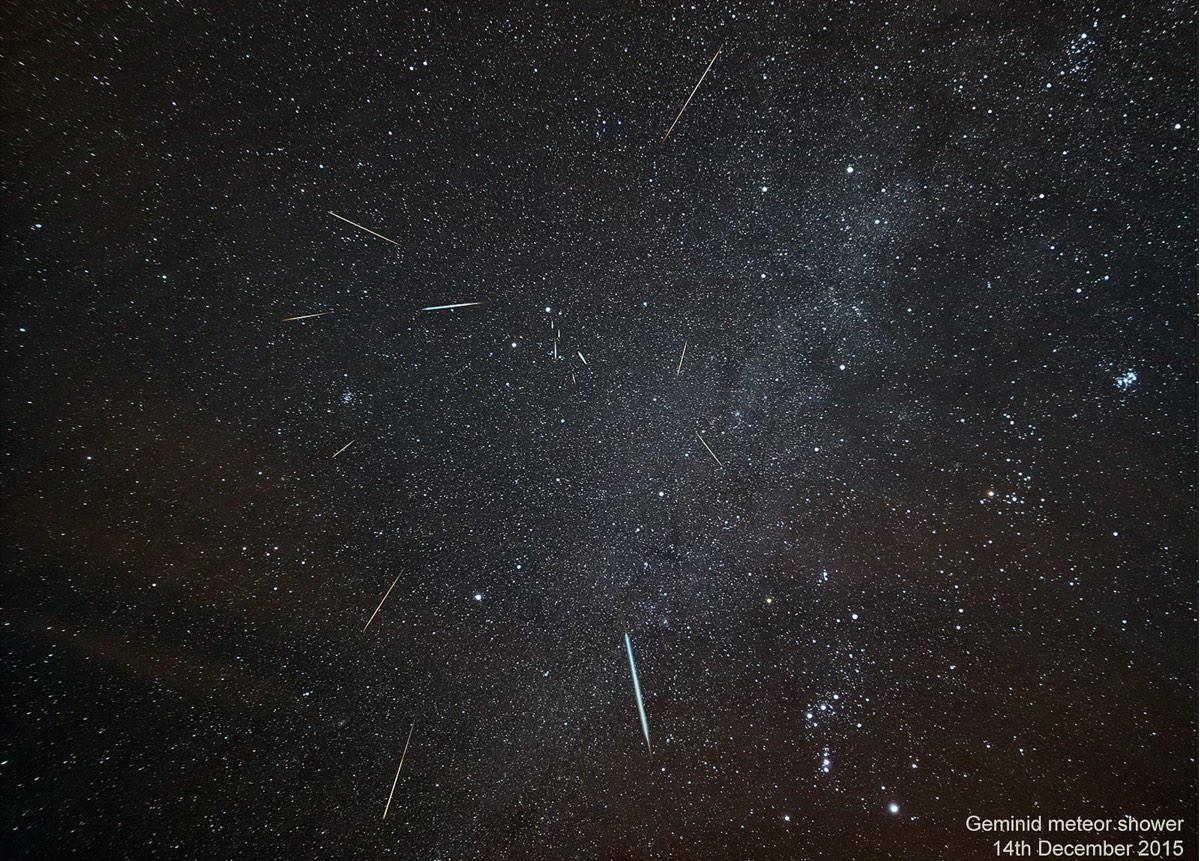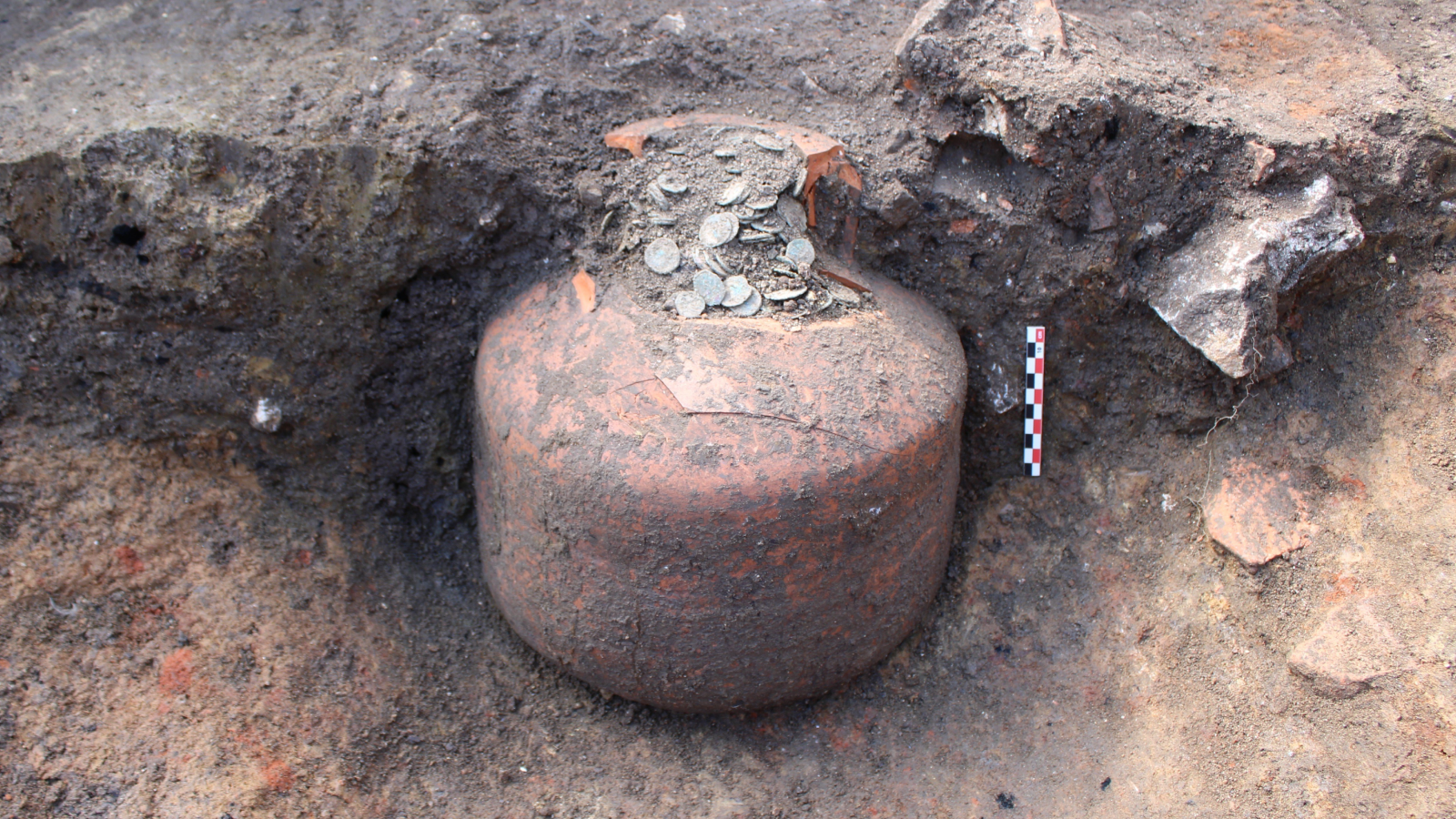You Could Soon Buy an 'Artificial Meteor Shower' — for a Hefty Fee

Here are some normal ways to celebrate a big event: cake, balloons, bunting, maybe a marching band on parade if you're feeling extravagant. That's not an exhaustive list, of course. Your options will vary heavily based on the sort of event, where you live and the culture you come from. But there's a new item to add to that list, if your culture includes "spending more on a night's entertainment than most people earn in a lifetime." And that's personal, artificial meteor showers.
What, you ask, is a personal, artificial meteor shower? Well, it's a very expensive rain of colorful metallic pebbles from space, brought to you by the Japanese company ALE.
Back in 2016, ALE announced its plans to drops pellets from space that would travel about one-third of the way around the Earth before burning up brightly in the atmosphere. Copper pellets would burn green; barium blue; and potassium, rubidium and cesium various shades of purple. A single satellite, it was then reported, would carry about 1,000 of the pellets and cost $300 million. [The 5 Strangest Meteors]
The company later clarified its plans, saying it expects to put on its first show over Hiroshima, Japan, in mid-2019.
Now, according to a BuzzFeed report published Sunday (March 25), ALE says it will offer its custom meteoric services to anyone willing and able to pay for them. Two "Sky Canvas" satellites, BuzzFeed reported, will carry 300 to 400 space particles and enough propellant for 27 months in orbit, and drop "15 to 20" little pellets on command for a fee. ALE hasn't said just what the fee is but says it will cost less than some major cities' annual fireworks displays.
Some experts have already raised concerns about space junk associated with the effort and the frivolous risks of putting something like this in space. But ALE told BuzzFeed that the business will call off the show any time there's a risk of an artificial meteor coming within 124 miles (200 kilometers) of another satellite.
Plus, ALE said it calculated that the risk of collision at the planned very low orbit (and the high point in the atmosphere where the pellets burn up) is minimal.
Get the world’s most fascinating discoveries delivered straight to your inbox.
So, any millionaires out there planning any birthday parties in the next few years?
Originally published on Live Science.



